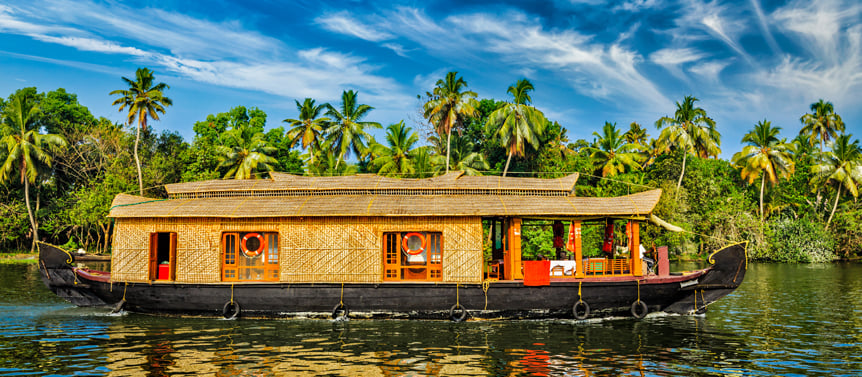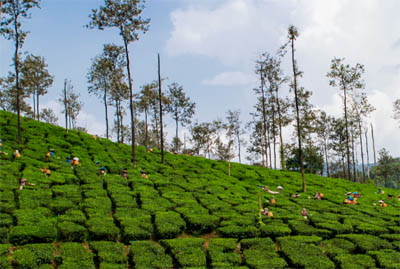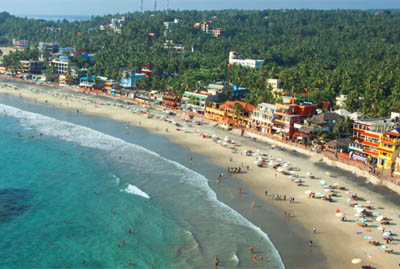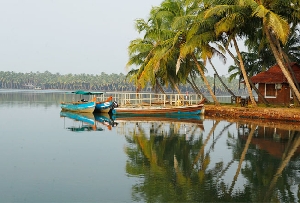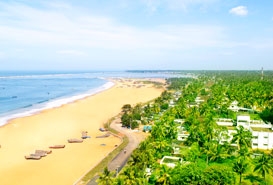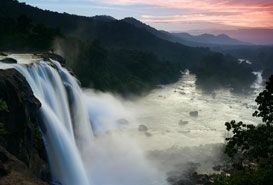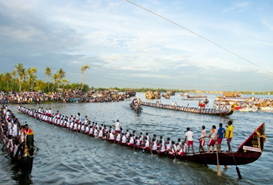The Margamkali Dance, performed in Kerala, is a ritual folk art of the Syrian Christians of Kottayam and the Thrissur region in Kerala. In the Margamkali Dance, there are about a dozen dancers who dance around the Nilavilakku, which is a lighted wick lamp, which is a traditional symbol of Kerala.
Adorned in their pristine white dhotis and with a peacock feather on their turbans, the Margamkali Dance is all about worshiping Christ. It is believed the Nilavilakku, or the lamp, is Christ and the dancers who surround it are his disciples. They worship Jesus Christ in this way. The dance form shows a beautiful blend of Christianity with the traditional art forms of Kerala.
History of Margam Kali Dance in Kerala
The origin of the dance form can be traced to the time of the Portuguese invasion and much before that. Margamkali Dance also depicts the life and works of St. Thomas, who arrived in 52 A.D. During this time, many Keralites took up Christianity, which blended with the local culture and rituals.
MargamKali Dance Kerala is about what?
However, Margamkali Dance is not only about narrating the life story of St. Thomas but also takes the form of a martial play with imaginary swords and shields. In Kerala, this is only performed by women, though older men participated in the dance in earlier years. The songs are not accompanied by music; the lyrics date back to years before the Portuguese invasion. The Margamkali Dance is considered a religious dance by Christians.
Adorned in traditional attire, the Margamkali Dance depicts one of the ritual folk arts of Kerala. Tourists from all over can come to Kerala to enjoy this dance and be a part of the art flavors of Kerala. So, what are you waiting for? Book your Kerala tour packages with us.

